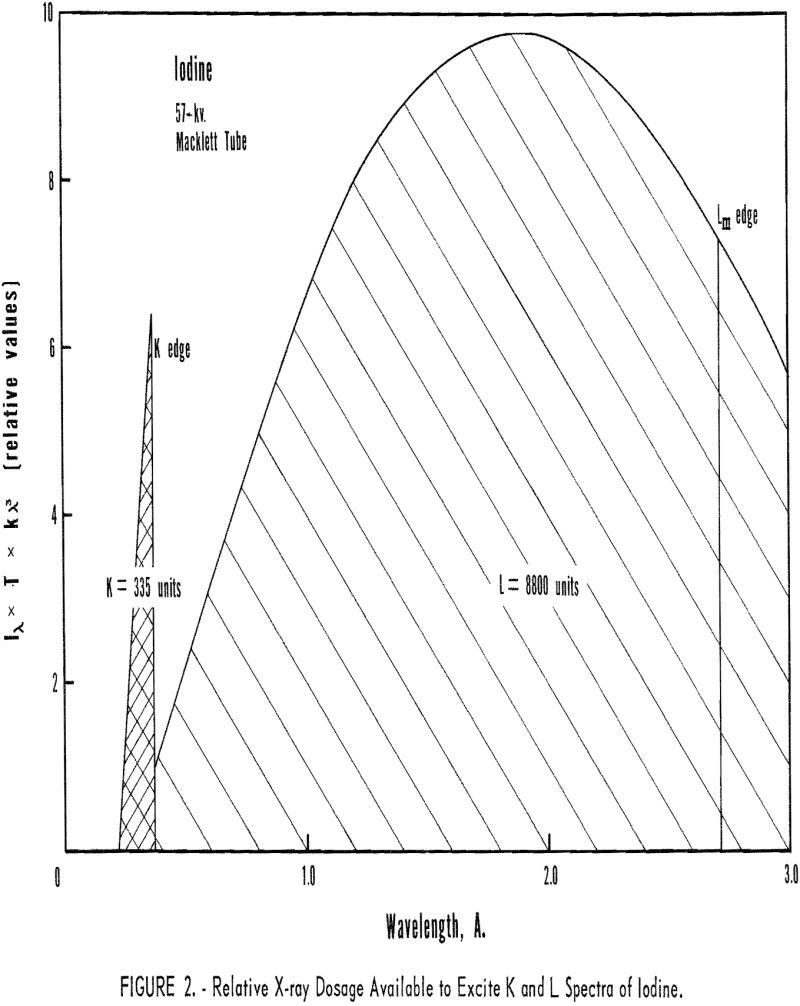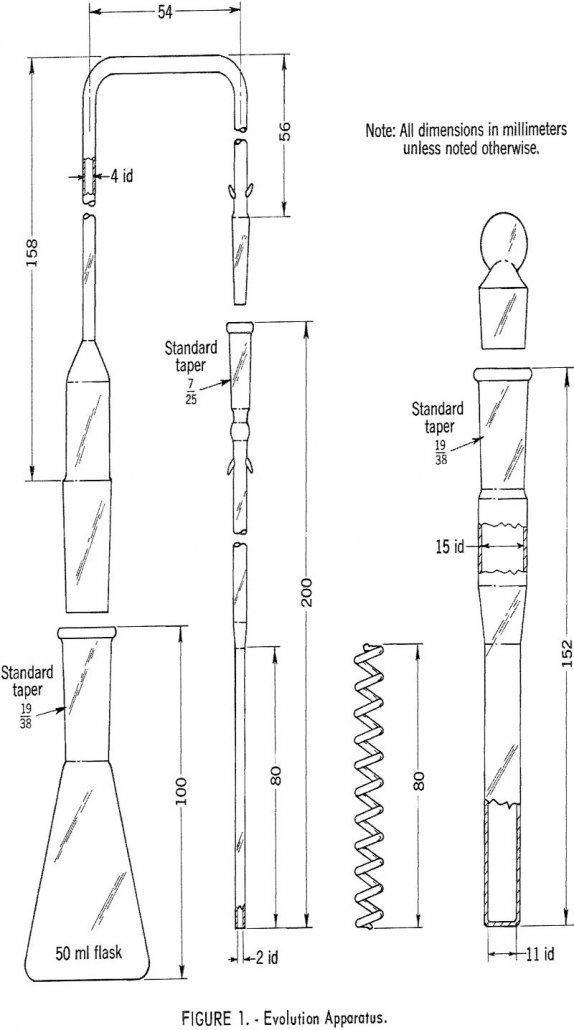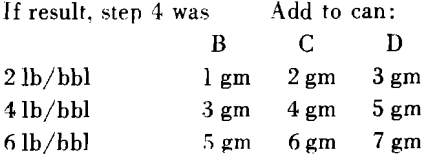Fluorescent Spectrographs Analysis

Until several years ago the fluorescent X-ray spectrographer was limited to the K series for elements of atomic numbers 22-60 and to the L series for higher atomic number elements. Upon commercial development of the flow-proportional counter used in conjunction with a pulse-height analyzer and a helium path, the author investigated the longer wavelength radiation […]
Rare Earth Spectrometer

Interest in the separation, purification, reduction, and metallurgy of the various lanthanide rare-earth elements has necessitated developing sensitive and flexible instrument-analysis techniques . The widely accepted analytical application of the spectrograph in many phases of metallurgy suggested its use in the analysis of complex rare-earth elements. Moreover, by using an optimum internal standard and a […]
Volumetric Assay Determination of Uranium

According to Katz and Rabinowitch, workers do not agree as to the solubility of uranium tetrafluoride. However, the conditions under which solubility data were obtained were not always the same. In any event, since both uranium (III) and uranium (IV) fluorides are generally regarded as insoluble in a carbonate-free, nonoxidizing acid solution, in which fluoride […]
Beryllium Determination

The main source of beryllium in pegmatite is the mineral, beryl. Many of the conventional methods for the determination of beryllium in beryl are not suitable for control purposes because of lack of speed and accuracy, especially in the range below a few tenths percent. Beryl resists the usual chemical attack and can be lost […]
Fluorine Determination Method

Coal normally contains trace amounts of fluorine ranging up to about 0.02 percent. These small quantities of fluorine generally are volatilized when coal is burned in boiler furnaces. but they may be a transient factor in some types of corrosion and occasionally in deposit formation, and may contribute to atmospheric pollution. A standard method is […]
Mine Sampling Assays

A continuing problem in mine evaluation, planning, operations, and production scheduling is the necessity of assigning some value for the grade of mineralization which occurs in the area lying between two sample points. This problem is particularly prevalent in evaluating ore deposits because of the usual wide-spaced drilling and sampling in the exploration phase of […]
Arsenic Assay Determination by Colorimetric Method

Because of its poisonous qualities, the arsenic which is sometimes present in coal and in the atmospheric dust resulting from coal combustion can present a threat to health. As part of its continuing program to reduce health hazards in the mineral industries and to combat air pollution, the Bureau of Mines has surveyed methods for […]
How to Analyse Blast Furnace Slag

From May 1951 to March 1967, the Bureau of Mines, as part of its iron and steelmaking research program, operated a series of experimental blast furnaces. The first furnaces were located in Pittsburgh; later furnaces were constructed and operated at the Bruceton, Pa., facility just outside of Pittsburgh. With these furnaces, because of the shorter […]
How to Assay Ores Concentrates and Bullion

Many mineral samples are sent to Government agencies with the request that they be assayed or chemically analyzed. It should be emphasized that there are no Federal agencies, except for the U.S. Mints, where assays and quantitative analyses are made for the public. Many of the States maintain a Bureau of Mines, a Geological Survey, […]
How to Determine Graphite in Drilling Mud

A field procedure for determining graphite in drilling mud is presented which is sensitive to 0.25 lbs/bbl and accurate to 20 per cent. The method, utilizing oil flotation principles, is suitable for use in all oil-free water base muds except those containing ligno-sulfonates, lignites, or surface active agents. Instructions for determining graphite in mud: Collect […]
